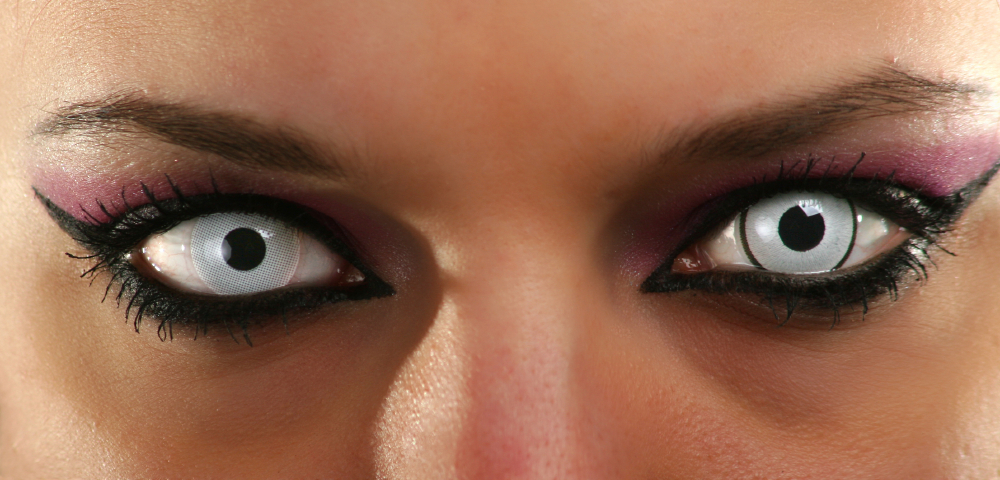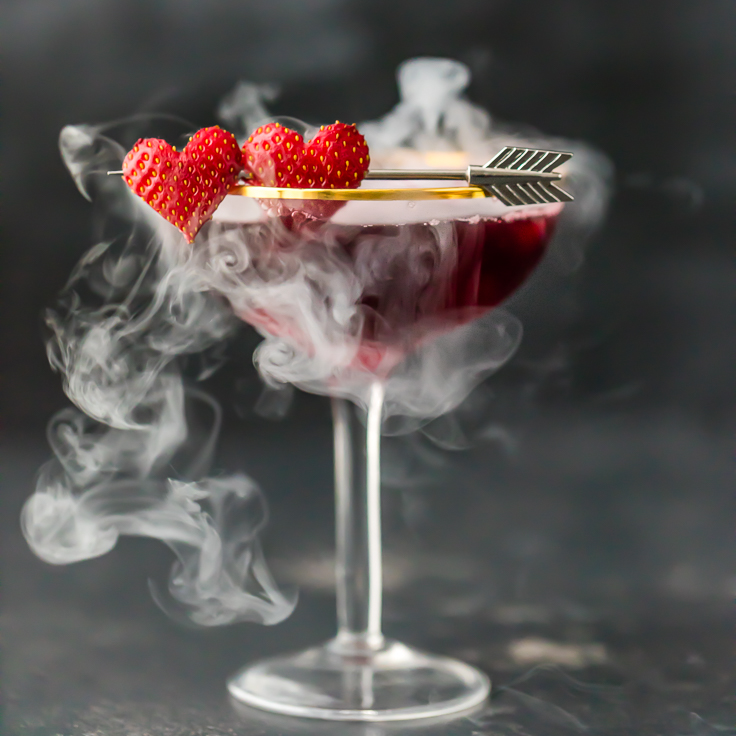Have you noticed? The times are a-changing.
In an Era of Fake Alpha Males, Cowboys are Sexier than Ever.
The cowboy fantasy isn't just about romance. When men in power are unserious and unworthy. Or when the media depicts all men as deadbeat dads with inflated egos, there's nothing hotter than a symbol of quiet strength, reliability, and competence.
Do you recall the classic 1999 country song by The Chicks?
The song informs everyone that a rugged man sweeps a woman away to the freedom of the wide-open plains.
That fantasy --- the allure of a cowboy and the promise of escape -- has endured for generations. Woven into country songs, fashion, romance novels, movies, and all eras of pop culture alike.
No matter how much the world may change.
The cowboy endures.
The era of the itinerant cowboys driving cattle herds through Texas lasted 25 years. However, the cowboy in our hearts has been around much longer.
The loner. The protector. Core values: Hard work, independence, courage, honor, and freedom. His word is a solemn vow, and... cowboys ride horses.
He'll love animals and probably have a dog or two.
A cowboy's got to be tough to ride the land, but he might have a heart of gold beneath that rough 'n' tumble exterior. He's willing to tame the harsh elements around him to get what he wants.
There's a hint of a gentleman about a cowboy. He'll tip his hat and be respectful.
.jpg) |
| Every woman loves a cowboy. (connie's Canva photo) |
A Stetson, flannel, buckle, and denim look good pretty much any guy...whether or not he can dance.
There is a cowboy for every era.
Some may save a 1800s town from a tyrannical railroad baron, a working ranch hand, or a sensitive soul crooning a country tune.
Do you reach for a Cowboy Romance?
If so, who's your favorite on-screen cowboy? Or your Favorite movie?
Mine:
Dances with Wolves (1990) and Quigley Down Under (1990).
Favorite Western actor: Sam Elliott (love his gravelly voice).
Best Cowboy song: Should've Been a Cowboy by Toby Keith.
My Favorite Cowboy Motto: "Don't Corner Something Meaner Than You".
I hope you enjoyed my post.
Please add your list of "Faves" in the comment area (my cowboy heroes love to please the ladies 😉🤠 🐴).
Please visit my links and follow my website and blog.
My links:
https://connievines-author.com
https://books.apple.com/us/author/connie-vines/id624802082
barnesandnoble.com/s/connie%20vines
And, of course, at your favorite online book seller!
 |
| The tidy corner of my office |
 |
| My awards and some of my research materials. |
 |
| Spending quality time at my PC at 1:00 AM |









































